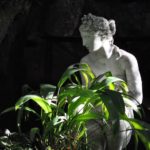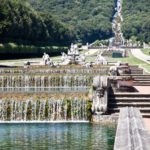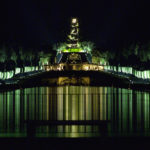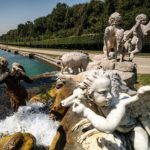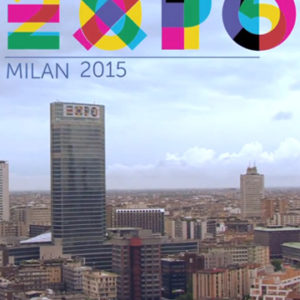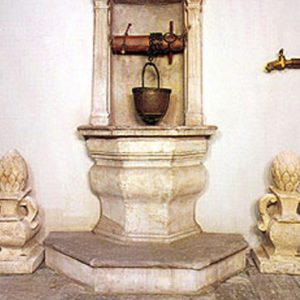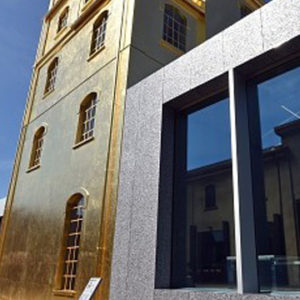The Royal Palace of Caserta and its gardens have been included in World Heritage list of Unesco in 1997. Designed in the 18th century by Luigi Vanvitelli, under commission of Charles III, the Royal Palace is the triumph of the Italian Baroque. The sumptuous palace is a great and original blend of two other royal residences: the Royal Palace of Versailles and the Madrid Escorial Palace.
The palace was to have the appearance of a modern building that celebrated the glories of the Borbone family, at the time ruling the Kingdom of Naples and Sicily, who aspired to rise to the same rank as the other European Royal Families. In their view, the palace would have become the administrative center of the new capital of the Kingdom, Caserta.
The Royal Palace is presented as a real monument of 45,000 square meters and a height of 36m over five floors. The whole structure is crowned by a large central dome. Visiting its interior you will be amazed by the continuous succession of putty reliefs, frescoes, sculptures and inlaid floors. The most scenic parts of the palace are probably the atrium, the monumental staircase and the chapel. The staircase is a typical scenic art from the 18th century, it connects the lower vestibule to the royal apartments. The palace chapel is the environment that more than anything else reminds of the model of Versailles. From the atrium you can see the row of the four courtyards opening up to the park.
Integral part of this magnificent project is the Royal Park inspired by the great European residences of that time composed of fountains and waterfalls. Around the Royal Palace is an over 120 hectare park: here, among groves, fountains and water features, statues of heroes and gods of classical mythology emerge everywhere, often an allusion to the kings’ passion for hunting.
The park is a typical example of Italian garden with extensive lawns, squared flowerbeds and water features. The large fields are separated by a central avenue leading to the Great Fountain (Fontana Margherita), surrounded by a succession of pools, fountains and waterfalls adorned with sculptures. At the end of this path you find an example of an English garden with exotic and indigenous plants including some beautiful cedars from Lebanon expressly desired by Maria Carolina of Austria.
Left unattended for many years, the palace is now seeing some sort of a rebirth, and is going through a big renovation project aimed at making the Reggia di Caserta one of the main tourist spots in the whole of Italy. A fine example of classic architecture and Italian grandeur, the palace has finally found an apt curator who can see its real value and wants the world to see and appreciate it as well.
For information on how and when to visit, you can check out the Reggia di Caserta’s official website.

